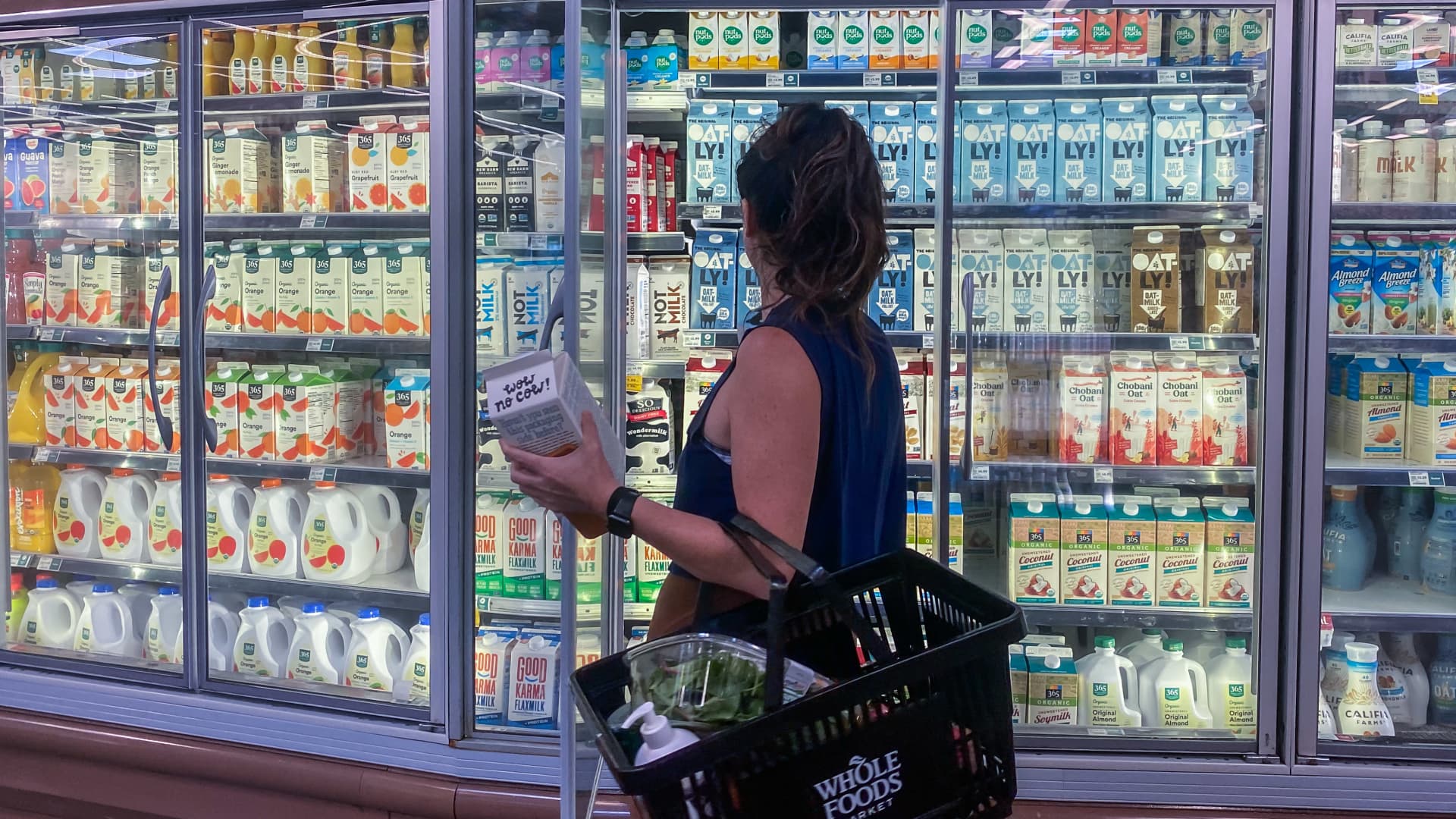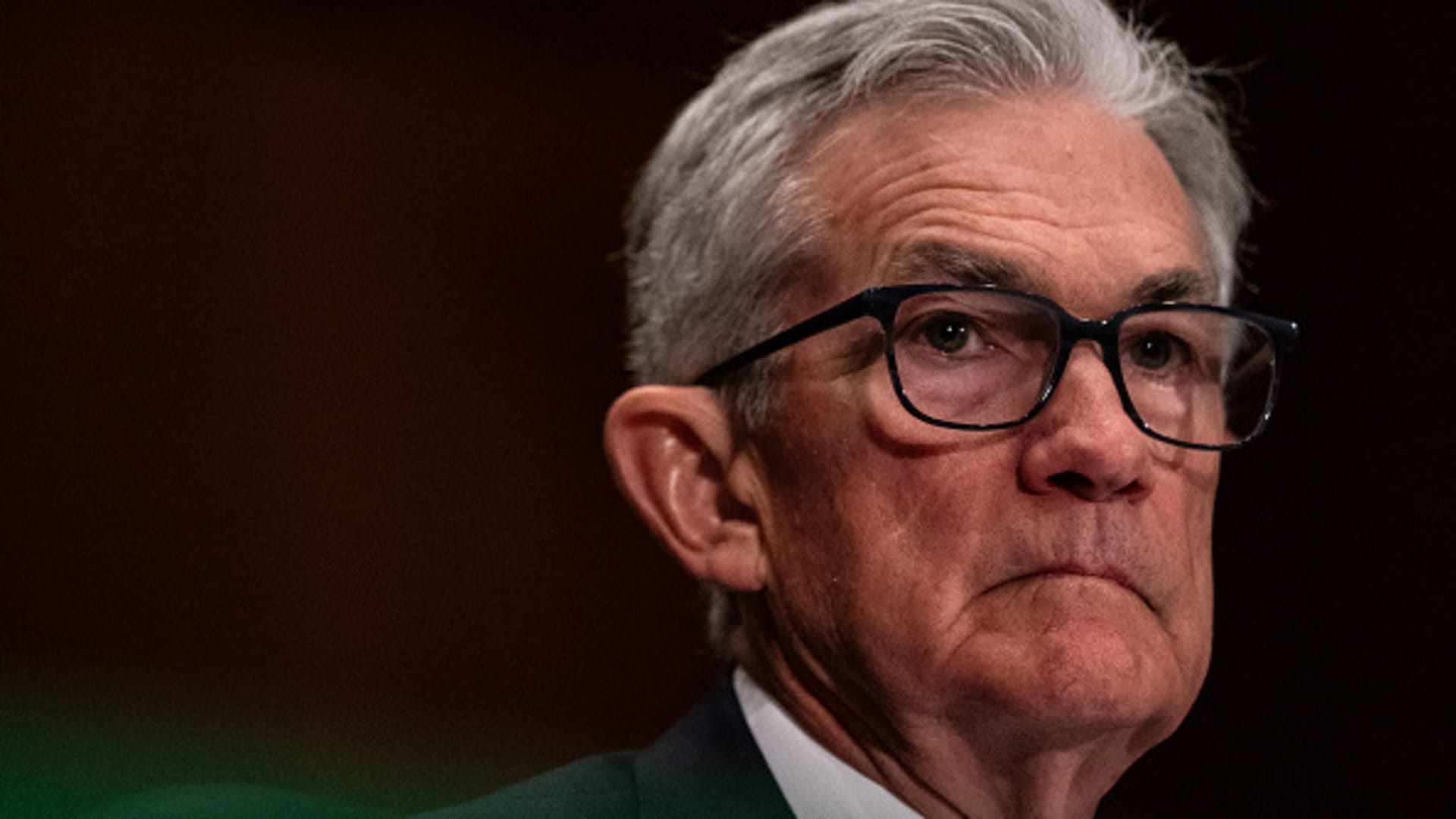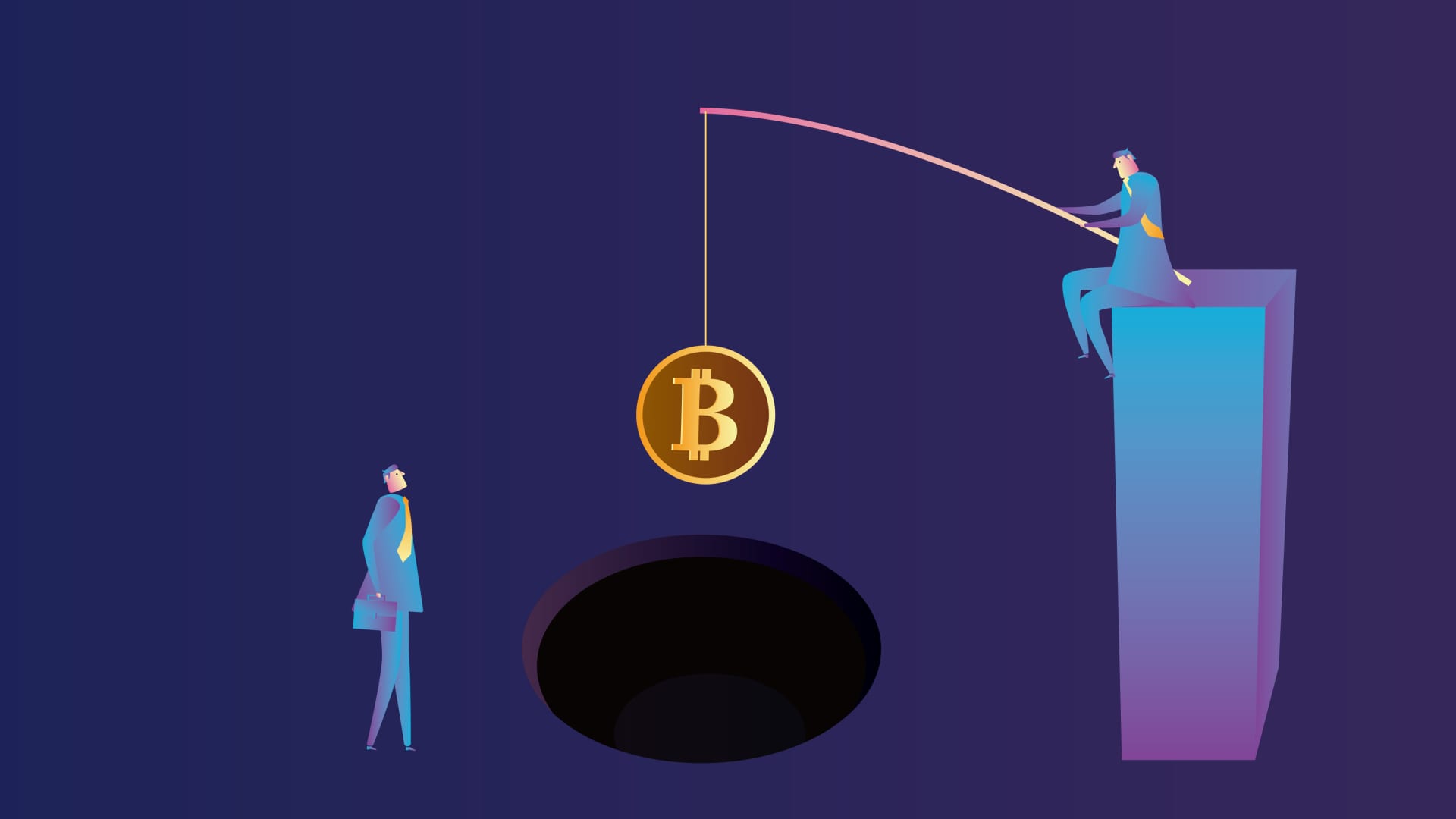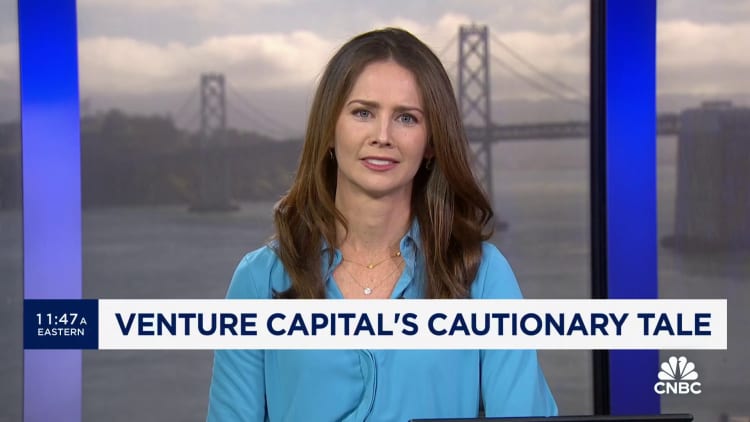Consumer sentiment slumped as inflation expectations rose despite otherwise strong economic signals, according to a closely watched survey released Friday.
The University of Michigan Survey of Consumers’ May sentiment index reported an initial reading of 67.4 for May, down from 77.2 in April and well below the Dow Jones consensus call of 76. The move represented a decline of 12.7 % within a month, but a year – an increase of 14.2% compared to the previous year.
Along with the poor sentiment, the inflation outlook over the one- and five-year horizons has also improved.
The one-year forecast jumped by over 3.5%, up 0.3 percentage points from the previous month to its highest level since November 2023.
The five-year forecast also rose to 3.1%, up just 0.1 percentage point but reversing the trend of lower readings in recent months, which also peaked in November.
“While consumers have reserved judgment in recent months, they are now seeing negative developments on multiple dimensions,” said Joanne Hsu, survey director. “They expressed concerns that inflation, unemployment and interest rates could move in an unfavorable direction in the coming year.”
Other indices in the survey also recorded significant declines: the current conditions index fell to 68.8, a decrease of more than 10 points, while the expectations indicator fell to 66.5, a decrease of 9.5 points. Both pointed to monthly declines of more than 12%, although they were higher than a year ago.
The report comes even as the stock market is rallying strongly and gasoline prices are trending lower, although still at high levels. Most labor market signals remain strong, although jobless claims last week reached their highest level since late August 2023.
“Overall, however, the magnitude of the collapse in confidence is quite large and cannot be satisfactorily explained by geopolitical factors or the stock market sell-off in mid-April,” wrote Paul Ashworth, chief North America economist at Capital Economics. “This makes us wonder whether we are missing something more worrying for the consumer.”
Inflation readings pose the biggest threat to policymakers as the Federal Reserve considers the near-term path of monetary policy.
“Uncertainty about inflation trends could dampen consumer spending in the coming months. The Fed is walking a tightrope as it balances the twin goals of price stability and growth,” said Jeffrey Roach, chief economist at LPL Financial. “Although this is not our base case, we see increasing risks of stagflation, a concern that markets must address in addition to the impact of the presidential election.”
At their meeting last week, Fed officials indicated they needed “greater confidence” that inflation was moving “sustainably” back toward its 2 percent target before cutting interest rates. Policymakers consider expectations a key to containing inflation, and the current outlook in the Michigan survey has increased for months in a row after falling significantly between November and March this year.
Market prices indicate a strong expectation that the Fed will begin cutting its key interest rate in September after keeping it at its highest level in more than 20 years since July 2023. However, the outlook has been changing even under Fed Chairman Jerome Powell. In his post-meeting press conference, he indicated that the central bank’s next move was unlikely to be a rate hike.
The next key data point for inflation comes on Wednesday, when the Labor Department releases its consumer price index report for April. Most Wall Street economists expect the report to show a slight easing in price pressures, although the widely followed CPI index was well above the Fed’s target at 3.5% annually in March.
Source link
2024-05-10 14:41:09
www.cnbc.com
















